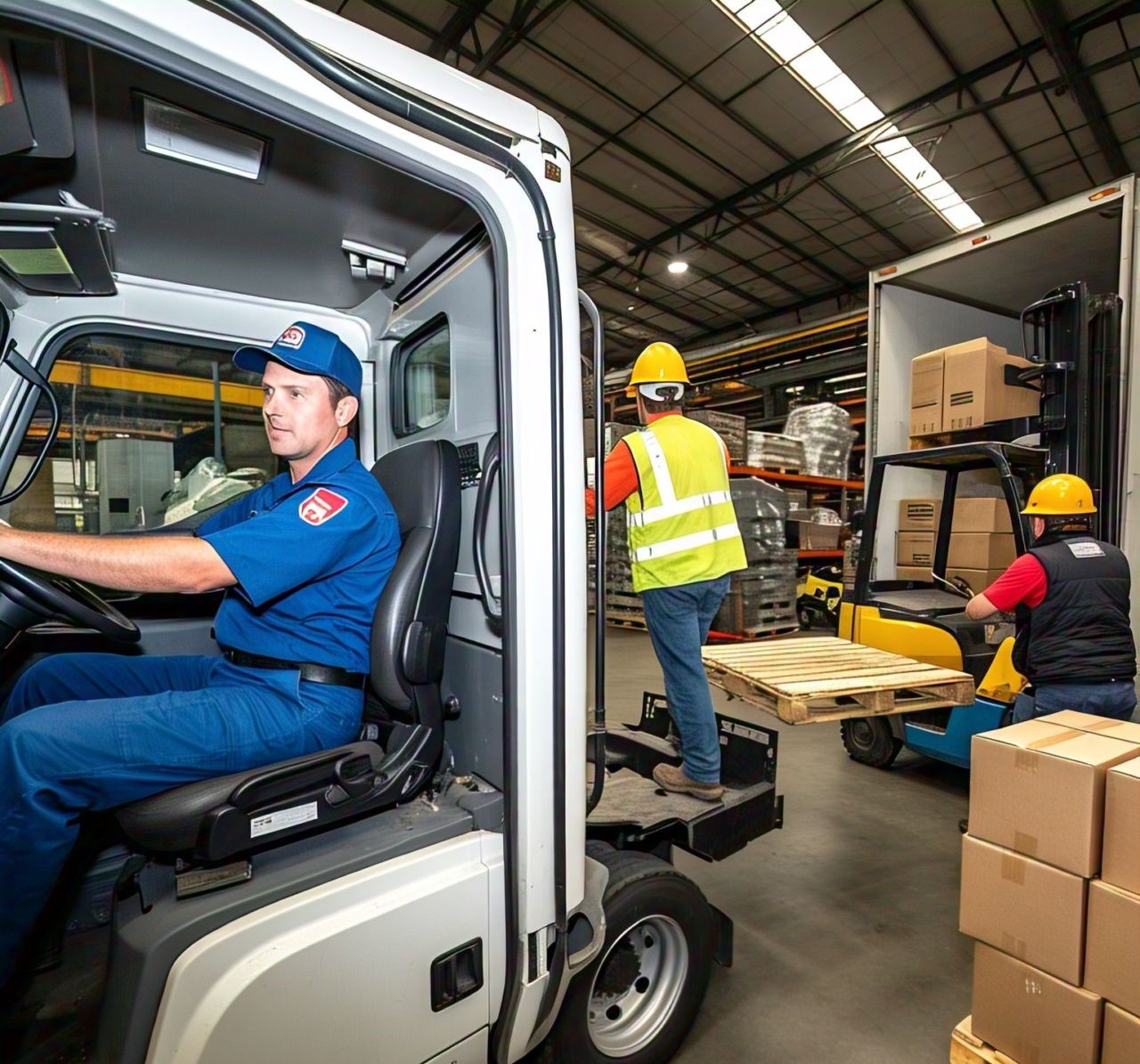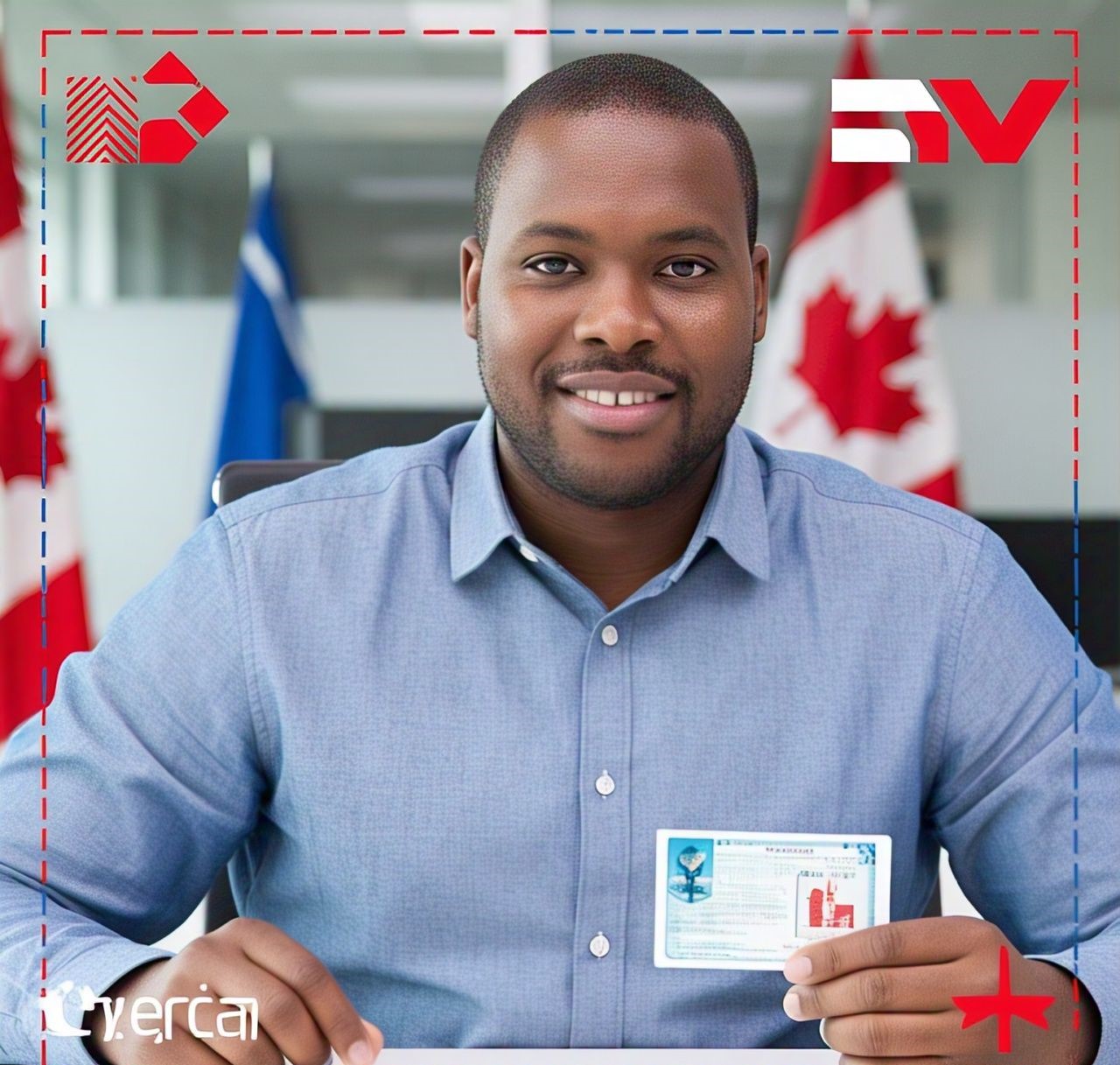Canada is a top choice for anyone looking to migrate. This article aims to address your question, “What are the simplest and fastest ways to immigrate to Canada?”
To discover an answer to this issue, you must first comprehend the possibilities available to you and then choose the one that best suits you.
This way, you can avoid the delays and denials that could derail your immigration procedure and set yourself up for a successful voyage to Canada. Immigration to Canada can be difficult. But there are ways around it. There is always an alternative for you, whether it is to work, study, visit, or live permanently.
So we compiled a list of the 8 fast and quickest ways to immigrate to Canada, allowing you to finally live the abroad life you’ve always desired.
Here they are:
Express Entry is one of the top ways to come to Canada in 2025.
The flagship selection system is used to manage applications for three major government programs: government Skilled Worker, Canadian Experience Class, and Federal Skilled Trades.
According to the most recent Immigration Levels Plan, Canada expects to admit 41,700 Federal High Skilled immigrants in 2025, increasing to 47,400 in 2025 and 47,800 in 2026.
In 2025, expect a considerable number of occupation-specific Express Entry draws, as well as draws for French-speaking applicants, all-program draws, and program-specific draws.
2. Provincial Nominee Program.
In 2025, the combined force of Canada’s Provincial Nominee Programs will welcome more immigrants than Express Entry to Canada, making it an essential addition to the list of ways to immigrate to Canada.
Canada intends to accept 55,000 newcomers through nine provincial (and two territory) immigration schemes, with the number remaining constant for the following two years.
Canada’s Provincial Nomination Programs
● Ontario Immigration
● Quebec Immigration
● Alberta Immigration
● British Columbia Immigration
● Manitoba Immigration
● New Brunswick Immigration
● Newfoundland Immigration
● Nova Scotia Immigration
● Saskatchewan Immigration
● Yukon Immigration
● Prince Edward Island Immigration
● Northwest Territories and Nunavut Immigration
Parts of the PNP also flow into Express Entry; therefore, each of the above-mentioned provincial programs has its own stream for the nationally administered selection mechanism.
The provinces are set up to pick immigrants based on their economic needs. Candidates should review target occupation listings and streams, as provincial and federal goals differ.
Quebec is unique in that the province has complete control over its economic immigration intake, making it another option for immigrating to Canada.
Much has been written about the powerful Quebec provincial government’s efforts to ensure that all immigrants accepted into the province be francophone.
Francois Legault, head of the Coalition Avenir Quebec, feels that the French language is critical to preserve Quebec’s culture and aims to limit newcomers to the province to 48,500 to 51,500 by 2025, with 31,000 to 32,900 coming through economic programs.
Quebec has paused two significant programs until June 30, 2025. These are for applications to the Quebec Graduate stream of the Quebec Experience Program, as well as invitations to the Skilled Worker Selection Program, which has recently superseded the Regular Skilled Worker Program.
Canada also runs a variety of employer-driven pilot initiatives aimed at certain sectors of the economy or locations experiencing chronic labor shortages.
At the forefront of these is the Atlantic Immigration Program, which began as a pilot but has subsequently become permanent.
The AIP, which covers the four Atlantic provinces of Nova Scotia, New Brunswick, Newfoundland and Labrador, and Prince Edward Island, has 5,000 spots available for skilled workers and foreign graduate immigrants in 2025.
An additional 10,920 newcomers will be admitted through the Caregiver pilots, Agri-Food pilots, Community Immigration Pilots (to be announced), and Economic Mobility Pathways Pilot.
The majority of these programs are employer-driven, which means that you cannot apply directly. An employer determines a need, seeks an immigrant to meet that need, and then uses the program to bring that individual to Canada. However, they are still a viable option for how to immigrate to Canada.
Canada’s Startup Visas have become an important path to Canada immigration for business-minded persons, as well as a key method for immigrating to Canada.
To qualify, individuals with a qualifying business or business idea must obtain the assistance of a certified angel investor group, venture capital fund, or business incubator, as well as the necessary settlement cash and language skills.
Candidates might enter Canada on a work permit to build their business before applying for permanent residence. To qualify, applicants must be actively involved in the management of a business in Canada.
Canada wants to accept 2,000 newcomers through business programs in 2025, down to 1,000 by 2026 and 2027. The majority of these will arrive through the Start-Up Visa.
6. Provincial Business Programs.
Many Canadian governments run their own entrepreneur initiatives, known as Provincial Nominee initiatives.
Each of these programs has distinct requirements based on the province or area they serve.
Both the federal government and Quebec run self-employment programs.
The federal Self-Employed Class is designed for applicants who have relevant self-employment experience, as well as the desire and aptitude to create their own job and contribute significantly to Canada’s cultural, artistic, or athletic life.
In Quebec, self-employed applicants differ from skilled workers in that they generate their own jobs by practicing a profession or acting in a commercial enterprise.
8. Spouses, Partners and Children
Canada’s Immigration Levels Plan includes spouses, partners, and children, with the goal of welcoming 70,000 entrants by 2025, accounting for the majority of the 94,500-strong Family Class. If you have a family member in Canada, there are several viable immigration possibilities.
The spouse and partner stream accepts applications from either outside or within Canada (via the Spouse or Common-Law Partner in Canada Class). Spouses and partners can be of any sex as long as they match the qualifications.
Spouses and partners can apply for a work visa while their applications are being processed. Sponsored children are usually under the age of 22 and do not have their own spouse or partner. To qualify, they must be above the age of 22 and unable to financially support themselves due to a mental or physical ailment, or have relied on their parents for financial support since before the age of 22.
Canada has a distinct program for international adoption.
Canada’s Parents and Grandparents Program is based on a lottery approach in which sponsors indicate their interest in a pool and are picked at random and invited to apply.
Canada intends to admit 24,500 newcomers through the stream by 2025.
The stream has sparked controversy over the years since it is frequently oversubscribed, with officials looking for the most equitable manner to pick people to come to Canada.
The PGP pool has not been accessible to new sponsors since 2020. Since then, multiple batches of sponsors have been encouraged to apply.
Parents and grandparents who are not chosen may explore the Super Visa.
10. Study Permit and Post-Graduate Work Permit
Canada’s overseas student and Post-Graduation Work Permit system has sparked controversy in 2024, with Immigration Minister Marc Miller announcing program caps to control numbers. In 2025, Canada expects to attract 305,900 students.
International students continue to have a clear path to permanent residence in the country.
They can enter on a Study Permit and then qualify for a Post-Graduation Work Permit, which will provide them with the necessary experience to apply for immigration through Express Entry.
However, while that method exists, candidates should be aware that it is quite competitive. Only a small percentage of the overseas students studying in Canada will become permanent residents.
Many immigration advisors, as well as colleges and universities, emphasize the notion that international students can study in Canada and eventually become permanent residents. However, few people will be able to achieve this.
Bring your passport, immigration paperwork, a second form of identification, and Social Insurance number.
Prove that you can afford the cost of living and the trip home, and that you intend to depart Canada when your permission expires.
Maintain a clean criminal record while remaining in excellent health.
When applying for jobs, only work with qualified employers.
Identify apartments and houses in the neighborhood where you intend to live.
Purchase private health insurance and enhance your language skills.
If you want to become a Canadian citizen, apply.
How to move to Canada with no money
One of the simplest methods to immigrate to Canada is to acquire a job there. This is especially true for individuals whose abilities are in high demand in Canada.
Once you’ve got a job offer, you can apply for a work permit in Canada. This allows you to work and live in Canada for a set length of time. You can also utilize this period to save money before applying for permanent residency.
2. Apply Through the Canada Experience Class.
Canadian Experience Class (CEC) is a program that permits those who have worked in Canada for at least a year to apply for Canadian permanent residency. I If you have previously been working in Canada on a temporary work permit, this could be an excellent option for you.
The CEC is intended for those with Canadian work experience, language abilities, and other qualities that will aid their integration into Canadian society.
Submit your application in just one step! Begin immediately.
3. Consider family sponsorship.
If a family member or spouse is a Canadian citizen or permanent resident, they may be able to sponsor your trip to Canada. However, the sponsor must meet certain financial conditions, so you should review the qualifying criteria before applying.
4. International Experience Canada
The International Experience Canada (IEC) program permits people aged 18 to 35 to work and travel in Canada for up to two years. This program is intended for people who desire to experience life in Canada while also acquiring employment experience.
The IEC program is only offered to the majority of EU members, including Australia, New Zealand, Taiwan, and Korea.
A visiting visa does not allow you to work in Canada, but it can still help you get your foot in the door. Once in Canada, you can look into job options by researching the job market, networking, attending industry events and job fairs, and applying for jobs.
This may be the appropriate option if you are seeking for ways to relocate to another province with no money, since you get the opportunity to discover numerous cities and provinces as a visitor.
If you have previous caregiving experience, you may be eligible to work as a live-in caregiver in Canada. This is also one of the finest options for anyone looking for a free trip to Canada.
This program is intended for individuals who are willing to care for children, the elderly, or people with disabilities. While the pay for this type of labor is modest, it does give a road to permanent residency.
Canada has specific trade agreements with some nations, which may have an impact on immigration. If you are from one of these countries and work for a business that is affiliated with a Canadian corporation or has an office in Canada, you may be able to relocate for employment.
This is known as an intra-company transfer. Some of the countries involved in these agreements include the United States, EU members, Jordan, Chile, South Korea, Norway, and Iceland, among others.
Canada’s Immigration Levels Plan anticipates 395,000 new immigrants by 2025. Despite being lower than past years, this still represents a large number of immigrants.
The news that Canada has imposed an immigration freeze is untrue. The country remains quite open to newcomers and well worth considering as a friendly destination for applicants from all over the world.






